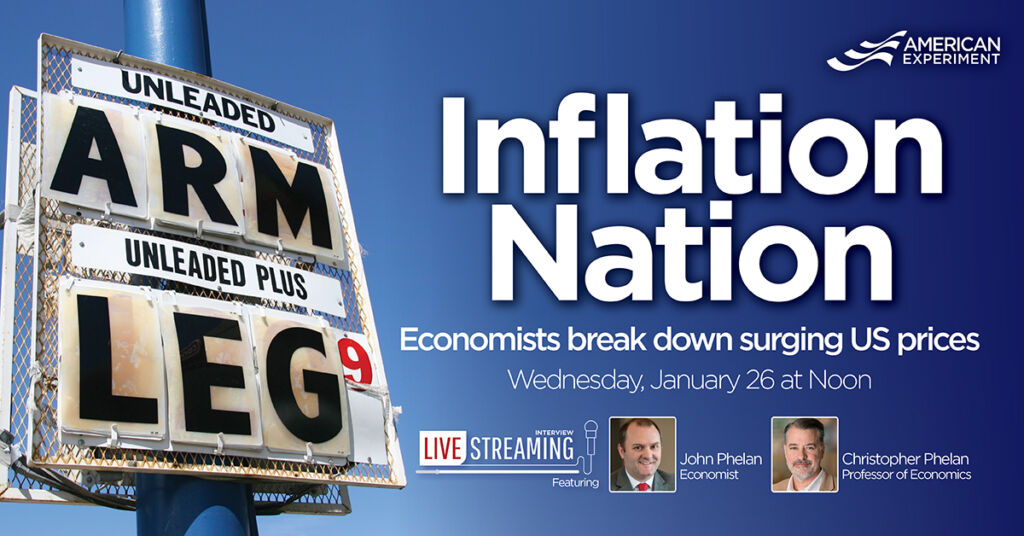For much of human history poverty was our natural state. In 1100, per capita Gross Domestic Product in England was just $1,151 annually (in 2011 dollars). Seven centuries later, it had tripled in real terms to $3,343, a level around Kenya’s in 2018. But around 1800, something incredible happened: per capita incomes began an increase that was both rapid and sustained. The economic historian Deirdre McCloskey calls this “The Great Enrichment.” After 1800, it took just 140 years for England’s per capita GDP to triple, instead of eight centuries, and it tripled again in the 62 years after that. In the United States, per capita GDP increased by 2,074 percent between 1800 and 2018. It is often asked what causes poverty, but the real question – especially if you’re Kenyan – is what causes prosperity?
The correct answer must explain both why the Great Enrichment happened when it did – roughly around 1800 — and where it did — northwestern Europe and its offshoots, such as North America. In a new book co-written with economist Art Carden — “Leave Me Alone and I’ll Make You Rich: How the Bourgeois Deal Enriched the World” – first dismisses several common theories.
The first theory the authors tackle is a popular notion that “the west” became rich through the expropriation and exploitation of empire and slavery. But McCloskey and Carden point out that empires and slavery had existed around the world throughout recorded history without causing a Great Enrichment anywhere else at anytime else. Invoking imperialism or slavery fails to explain why the Great Enrichment happened when it did and where it did.
Capital accumulation is another common theory. But again, McCloskey and Carden explain that people had accumulated capital in many places over many centuries without prompting a Great Enrichment: “Romans and Chinese and all human beings back to the caves have always accumulated capital, abstaining from consumption to get it. Sheer accumulation, without new ideas, runs up against sharply diminishing returns.” The same objection applies to “answers” invoking savings. This, too, is an activity found in many places over many centuries with no resulting Great Enrichment. Once again, these “answers” fail to answer the when and where questions.
Theories invoking geography – a favorable climate or resource endowment – might explain the where, but they fail if they cannot also explain the when. The geography of northwestern Europe or its offshoots did not suddenly change around 1800: “Coal and coastlines and navigable waterways and fertile farmland have sat for millennia without leading to a Great Enrichment.”
Some economic historians have tried to answer both questions by examining
the historical record of Britain around 1800. Around that time, Britain experienced “better property rights, a work ethic, a consumer society, competition, modern medicine, and science.” This approach gets us nearer, but on close examination this still doesn’t answer the when and where questions. While they are all desirable circumstances, McCloskey and Carden note that property rights, commercial competition, hard work, and consumption are all found commonly throughout history; modern medicine and science are results of enrichment, they argue, not its causes.
So what did cause the Great Enrichment? McCloskey and Carden argue that “it was because of a change in ethics and rhetoric and ideology.” Why then and there? “A combination of happy accidents,” they write. These were:
“…embodied in the four Rs…reading, reformation, revolt, and revolution. They led to the fifth R, a revelation of commerce and betterment, plain in literature and political thought…of England and Scotland, culminating in the Bourgoise Deal. The Deal was slowly expanded to all classes and was partially protected from the other B-Deals by liberalism and the success of the innovism among commoners that it inspired”
“Give ordinary folk the right to life, liberty, and the pursuit of happiness – against ancient tyranny (and modern regulation, industrial planning, and occupational licensure) – and they commence thinking up all manner of new ideas” McCloskey and Carden write. “New ideas” which, for example, put accumulated but dormant capital and savings to work utilizing the coal that had lain uselessly under British feet for 300 million years.
But if the Great Enrichment was based on a “change in ethics and rhetoric and ideology,” will it continue if they change again? This book explains how humanity escaped from poverty and how those still stuck there, like our Kenyans, can get out. But, in doing so, it tells us how fortunate we are for that Enrichment. McCloskey and Carden offer an exploration and celebration, but a warning, too.




